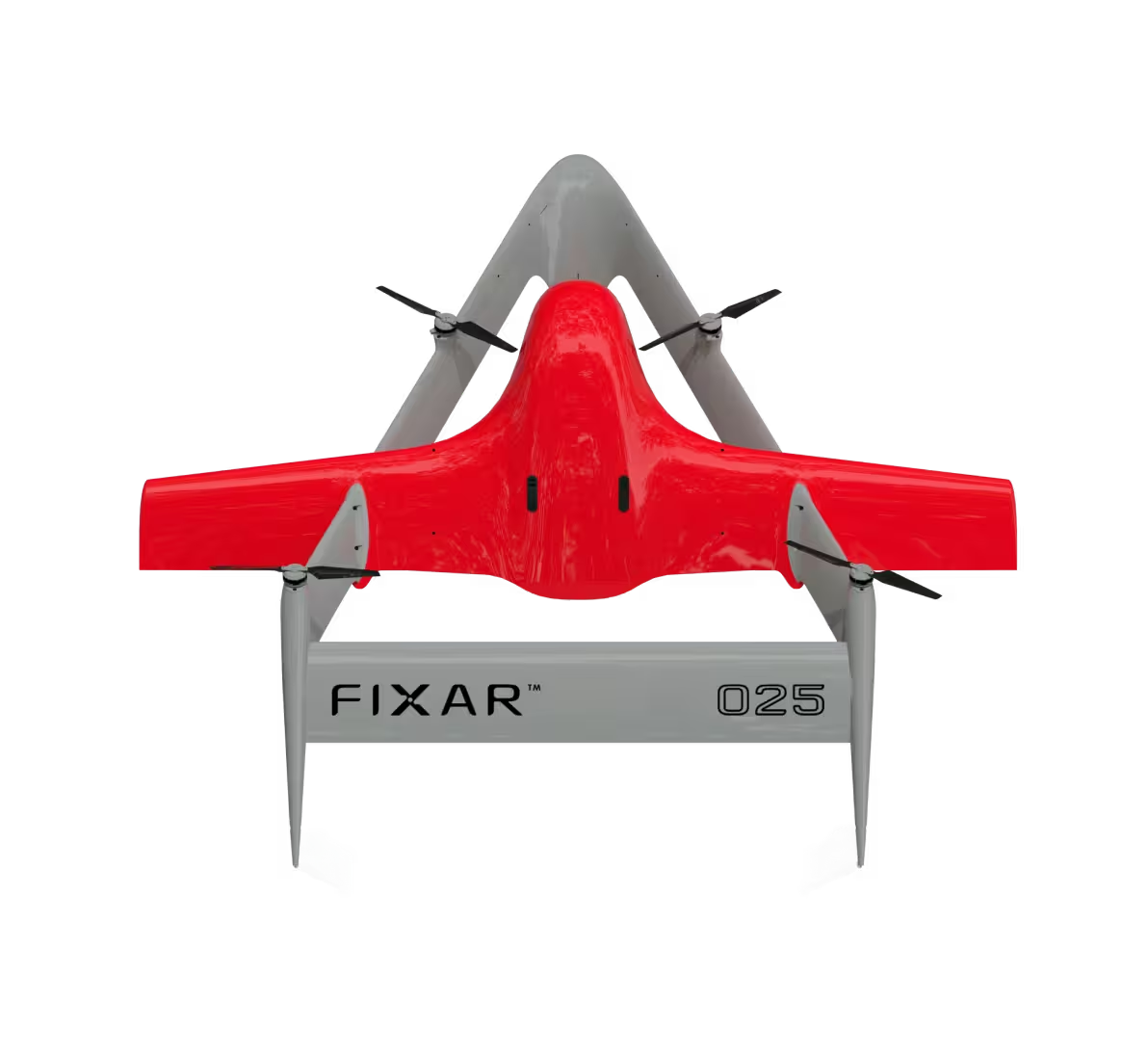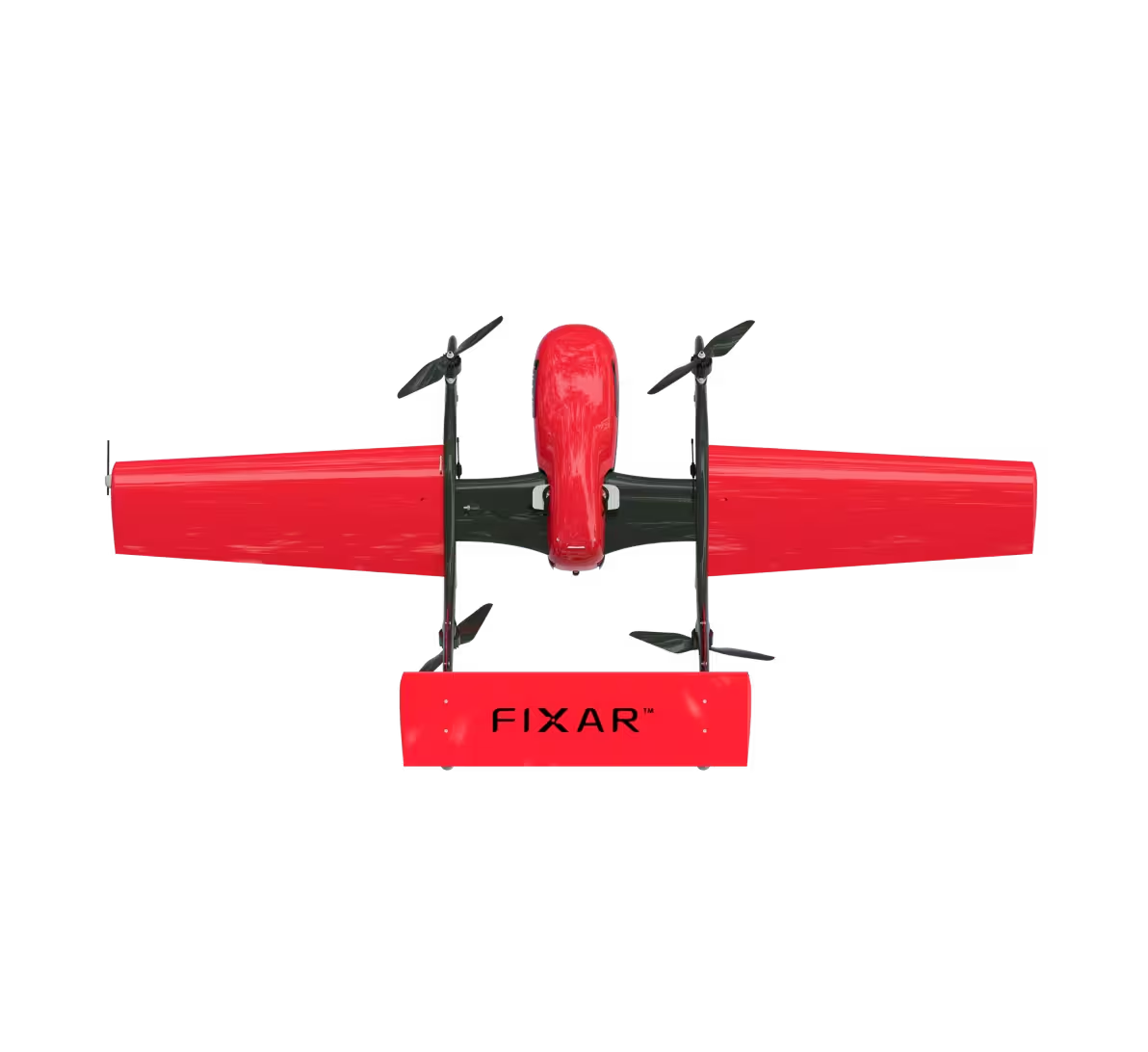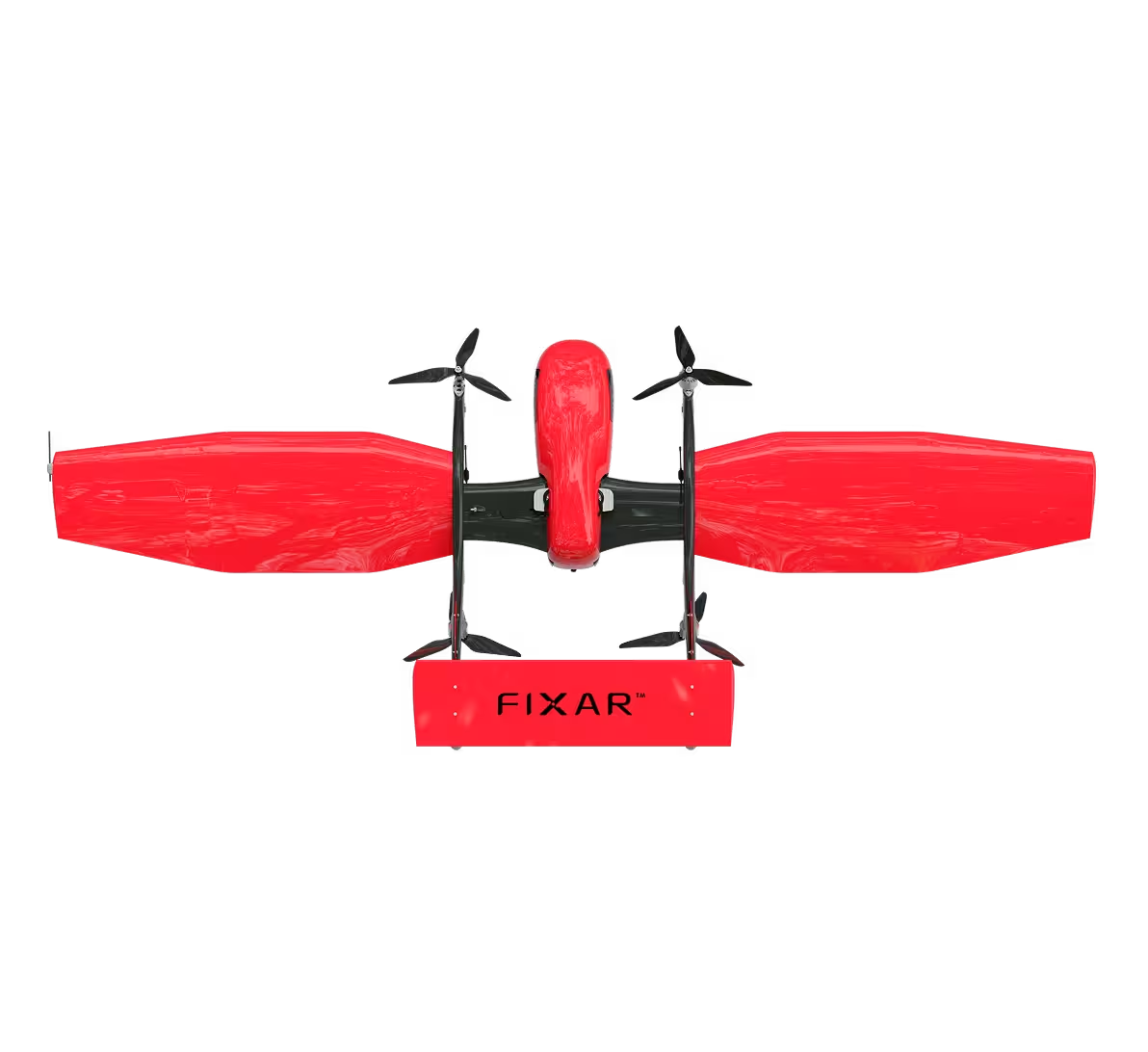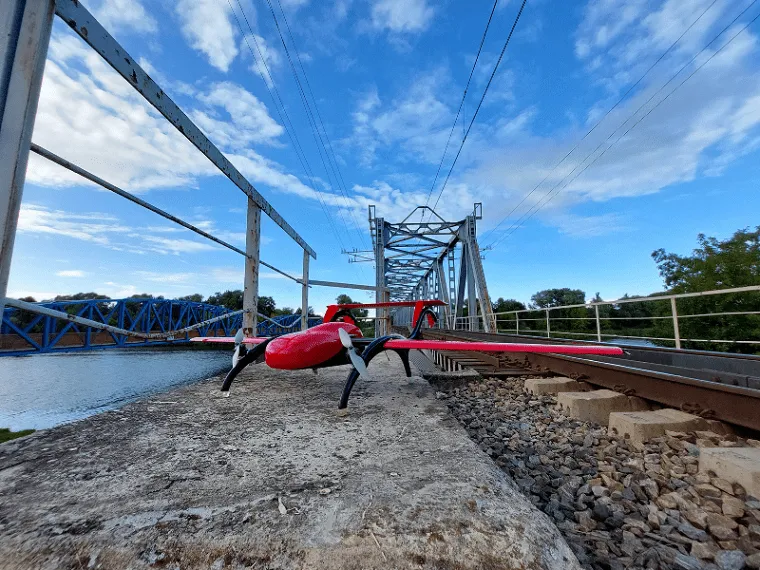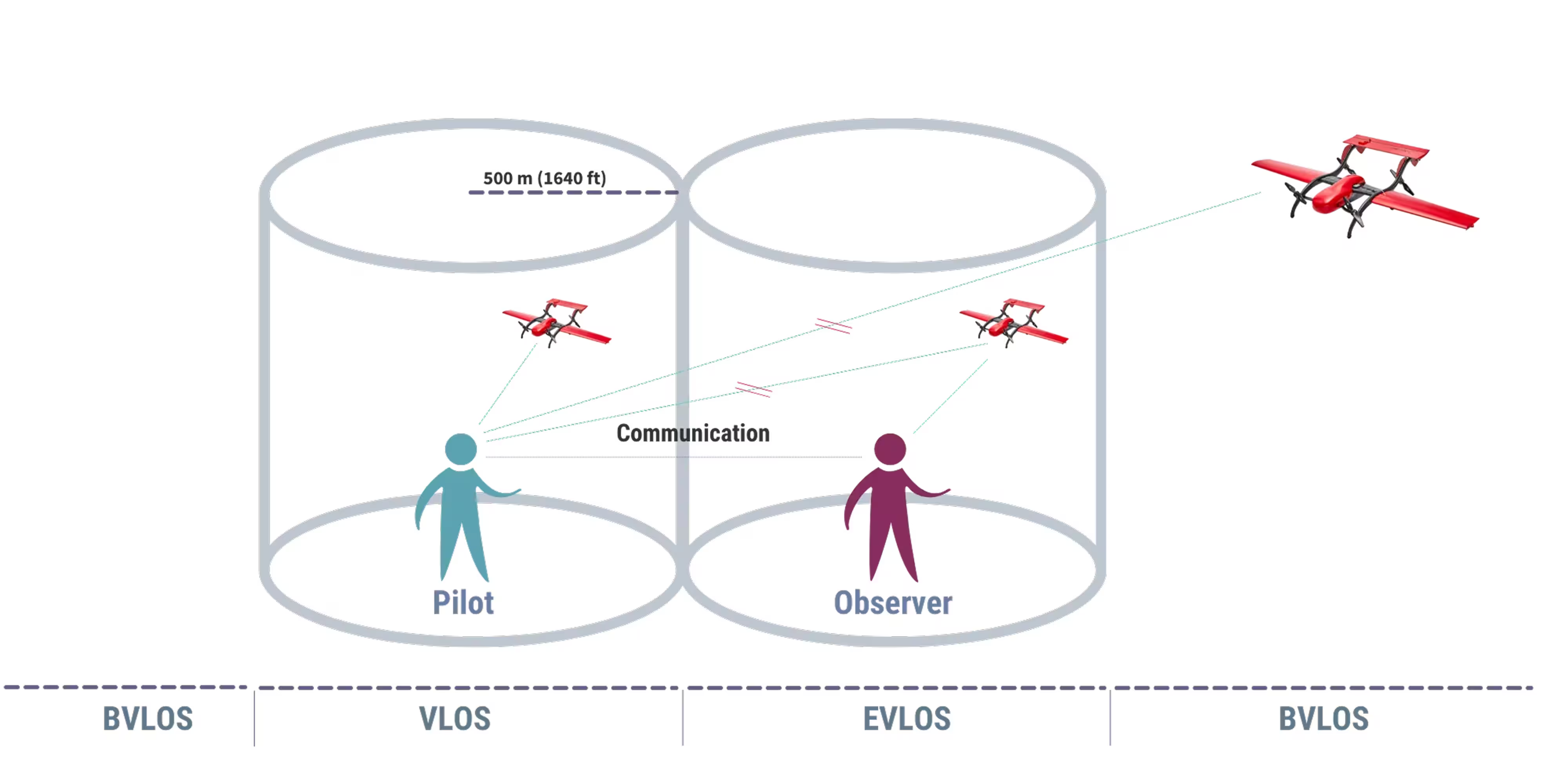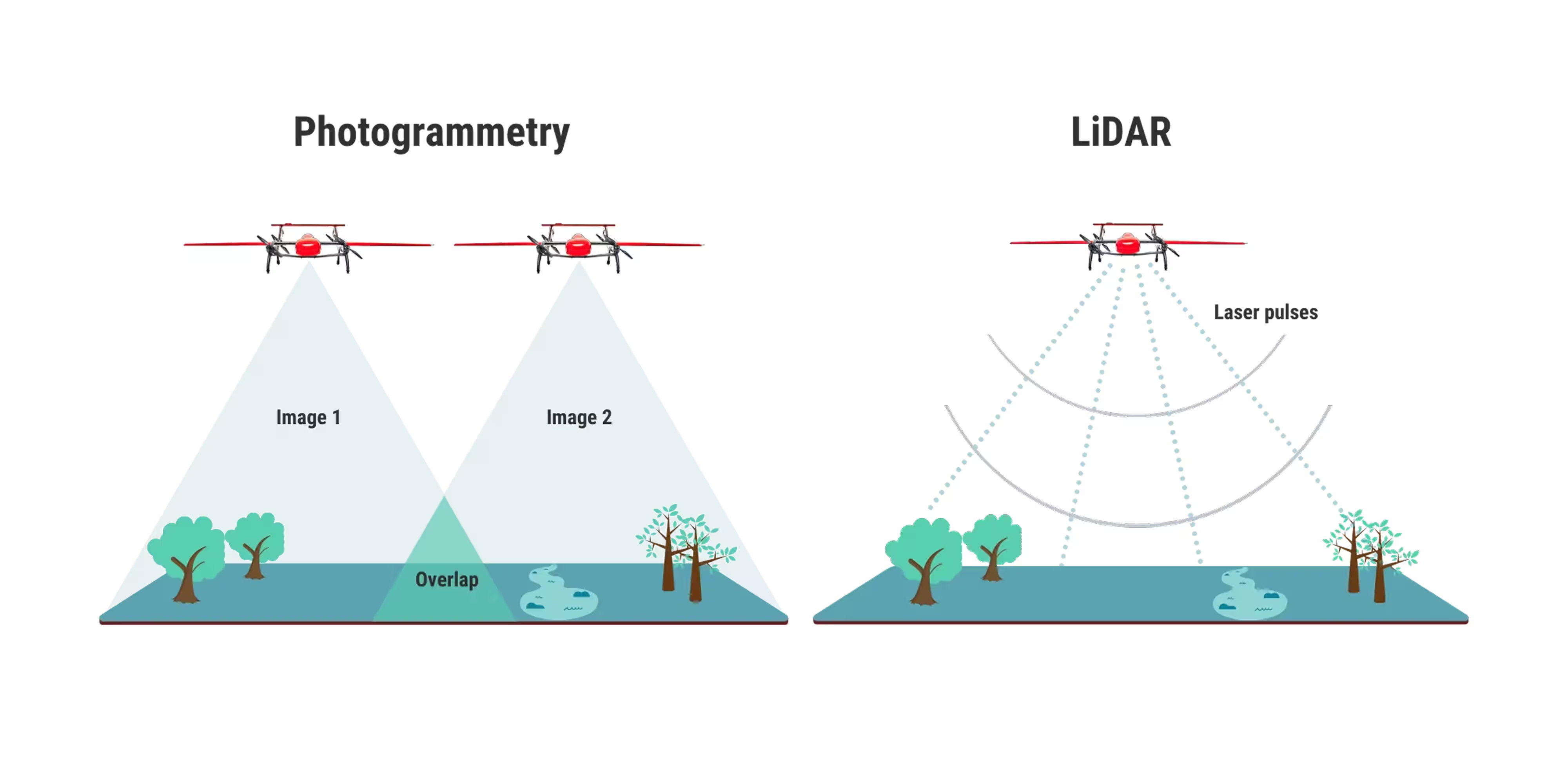1. Check the drone for flight readiness
Always before takeoff thoroughly check the drone for flight readiness. This is a technical task that requires the operator to go through a technical check-list for all drone elements:
- Battery health;
- Bolting and position of the propellers;
- Engines – evaluate if engines rotate freely, without any excessive noise;
- General visual condition;
- Control system operation test, etc.
Most manuals of the drones hold a technical flight pre-check list that will help you to not miss any significant point in the checklist.
2. Study the environment
This sounds like intuitive task to do, yet some details may bypass. Be careful and attentive, study the area and surroundings where the flight will take place:
- Study the takeoff and landing area – keep it clear from obstacles, people or animals;
- Identify objects and potential hazards in the area – buildings, magnetized elements, infrastructure elements, water, etc.;
- Study the weather forecast – be aware of the wind direction and speed, rain, fog, snowfall, extreme temperatures, etc.
When studying the environment, keep technical data sheet of the drone by your side. Why is this important? The UAV manual indicates wind tolerance and other limits for your aircraft, so that the operator can consult and conclude, if the estimated wind speed in the forecast is suitable for the specific drone model. Do not rely on the weather forecast alone, evaluate the actual weather as well.
3. Get ready for emergencies
An emergency situation is something no one wants to experience, but every pilot must be ready to react on one. How to be ready? Forecast and model the possible scenarios of emergency situations considering the location. Develop an action plan to deal with each situation promptly.
Study, consider and test the emergency sequence, whether it is remote controlled or autonomous UAV. Evaluate if software actions are clear. For instance, FIXAR xGroundControl software has five options for emergency situations. Make sure that you are familiar with all of them to quickly make a decision, when necessary.
Learn how to handle emergency situations through FIXAR Emergency Situation video guide.
If you operate the drone with a transmitter, test in advance how precisely you can control the drone taking into consideration the changing weather, external distractions and stress level. Make sure that you are aware of your capabilities. Always choose precaution over risk. Do not operate a UAV, if you are tired or under any kind of influence, as it will slow down your reaction time and capacity.
4. Use the help of an assistant
For VLOS (visual line of sight) flights observer is not required, yet an additional pair of eyes always helps and adds safety to the mission. An assistant can also be a great help in the assessment process of the drone’s technical condition.
The assistant, as an observer, is required for EVLOS (extended visual line of sight) flights. In this case, the assistant and the pilot ensure mutual communication throughout the entire flight.
Please note that in some countries the regulation requires two pilots for all drone flights as an emergency backup, for instance, if the operator faces sudden health issues and no longer is able to manage the drone, the second pilot steps in and safely lands the UAV.
5. Check the local regulations & comply
Local regulations are highly important aspect in the flight planning process. The regulation may differ according to country. Before the flight, study the national airspace map to be sure that UAV flights are allowed in the desired area of operation and if any additional permission is required to carry out the flight.
If additional permissions are required, reach out to the national or local supervisory institution to acquire the relevant permission.
Double-check if required and if you hold:
- Pilot license;
- Registration number of the drone;
- UAV insurance;
- Additional permission, etc.
